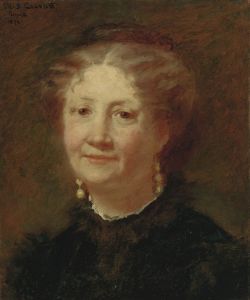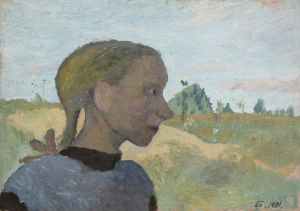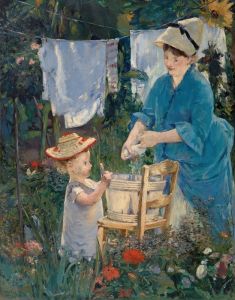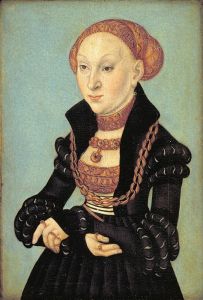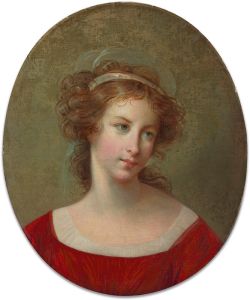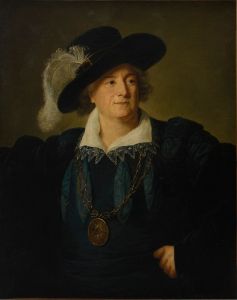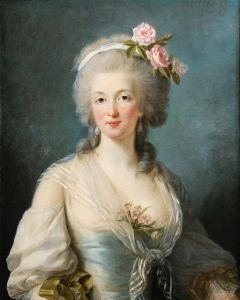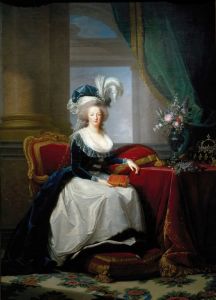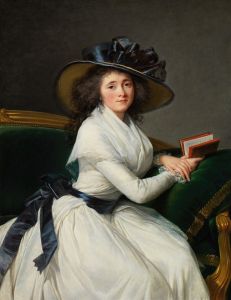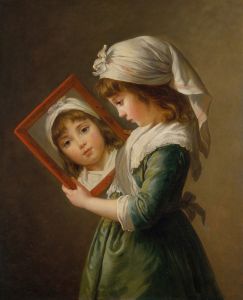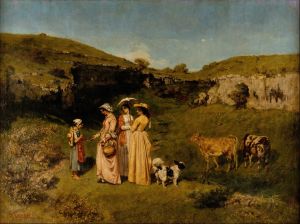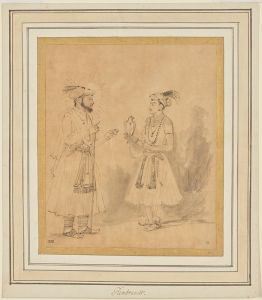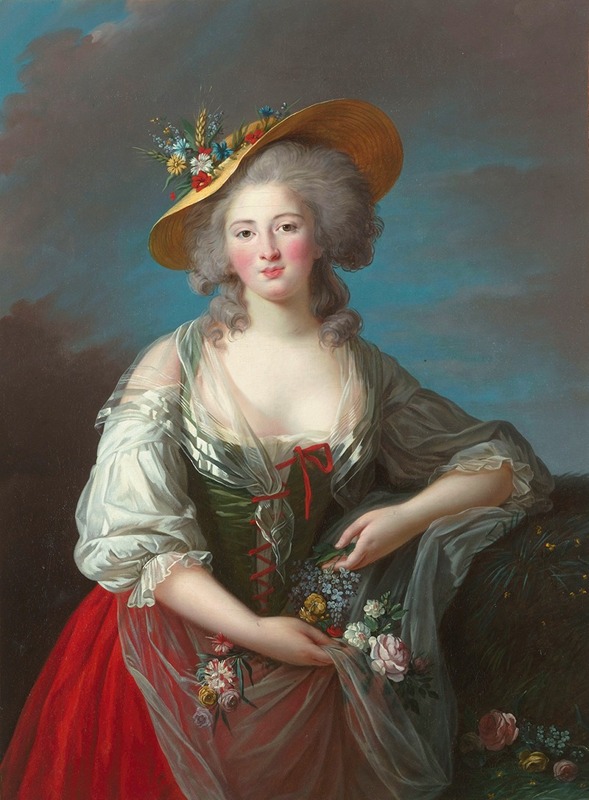
Elisabeth-Philippe-Marie-Hélène de France, dite Madame Elisabeth
A hand-painted replica of Elisabeth Louise Vigée Le Brun’s masterpiece Elisabeth-Philippe-Marie-Hélène de France, dite Madame Elisabeth, meticulously crafted by professional artists to capture the true essence of the original. Each piece is created with museum-quality canvas and rare mineral pigments, carefully painted by experienced artists with delicate brushstrokes and rich, layered colors to perfectly recreate the texture of the original artwork. Unlike machine-printed reproductions, this hand-painted version brings the painting to life, infused with the artist’s emotions and skill in every stroke. Whether for personal collection or home decoration, it instantly elevates the artistic atmosphere of any space.
"Elisabeth-Philippe-Marie-Hélène de France, dite Madame Elisabeth" is a portrait painted by the renowned French artist Élisabeth Louise Vigée Le Brun. This artwork depicts Madame Élisabeth, the youngest sister of King Louis XVI of France. Born on May 3, 1764, Élisabeth-Philippe-Marie-Hélène de France, commonly known as Madame Élisabeth, was a member of the French royal family during a tumultuous period in French history.
Élisabeth Louise Vigée Le Brun, the artist behind this portrait, was one of the most celebrated portrait painters of her time. Born on April 16, 1755, Vigée Le Brun gained prominence for her ability to capture the elegance and personality of her sitters. She was particularly known for her portraits of women, including Queen Marie Antoinette, and her work is characterized by its grace, attention to detail, and vibrant use of color.
The portrait of Madame Élisabeth is a testament to Vigée Le Brun's skill in portraying the nobility of her subjects. In this painting, Madame Élisabeth is depicted with a serene and composed expression, reflecting her pious and gentle nature. She is dressed in a simple yet elegant gown, which emphasizes her status as a member of the royal family while also highlighting her personal modesty and devoutness.
The background of the portrait is relatively plain, which serves to draw attention to Madame Élisabeth herself. Vigée Le Brun's use of light and shadow adds depth to the painting, creating a lifelike representation of the princess. The artist's meticulous attention to detail is evident in the delicate rendering of Madame Élisabeth's features, including her soft curls and the subtle blush on her cheeks.
Madame Élisabeth led a life marked by her strong religious convictions and loyalty to her family. Despite the political upheaval of the French Revolution, she remained steadfast in her support of her brother, King Louis XVI, and his family. Her dedication ultimately led to her arrest and imprisonment during the Reign of Terror. Madame Élisabeth was executed by guillotine on May 10, 1794, at the age of 30.
The portrait of Madame Élisabeth by Élisabeth Louise Vigée Le Brun remains an important historical and artistic work. It not only captures the likeness of a significant figure in French history but also exemplifies the artistic achievements of one of the most talented portraitists of the 18th century. This painting is a poignant reminder of the personal and political struggles faced by the French royal family during a period of great turmoil and change.





